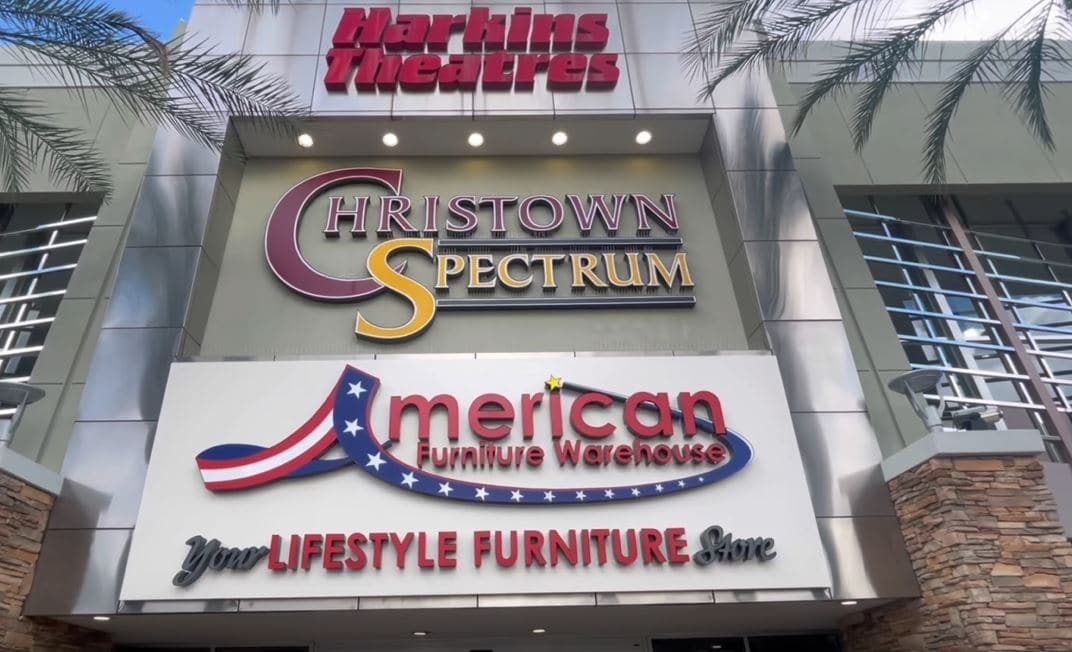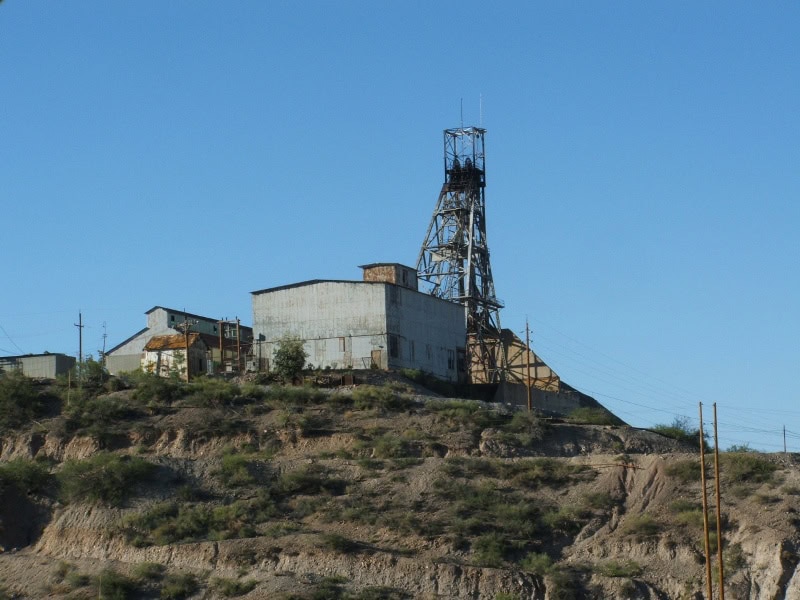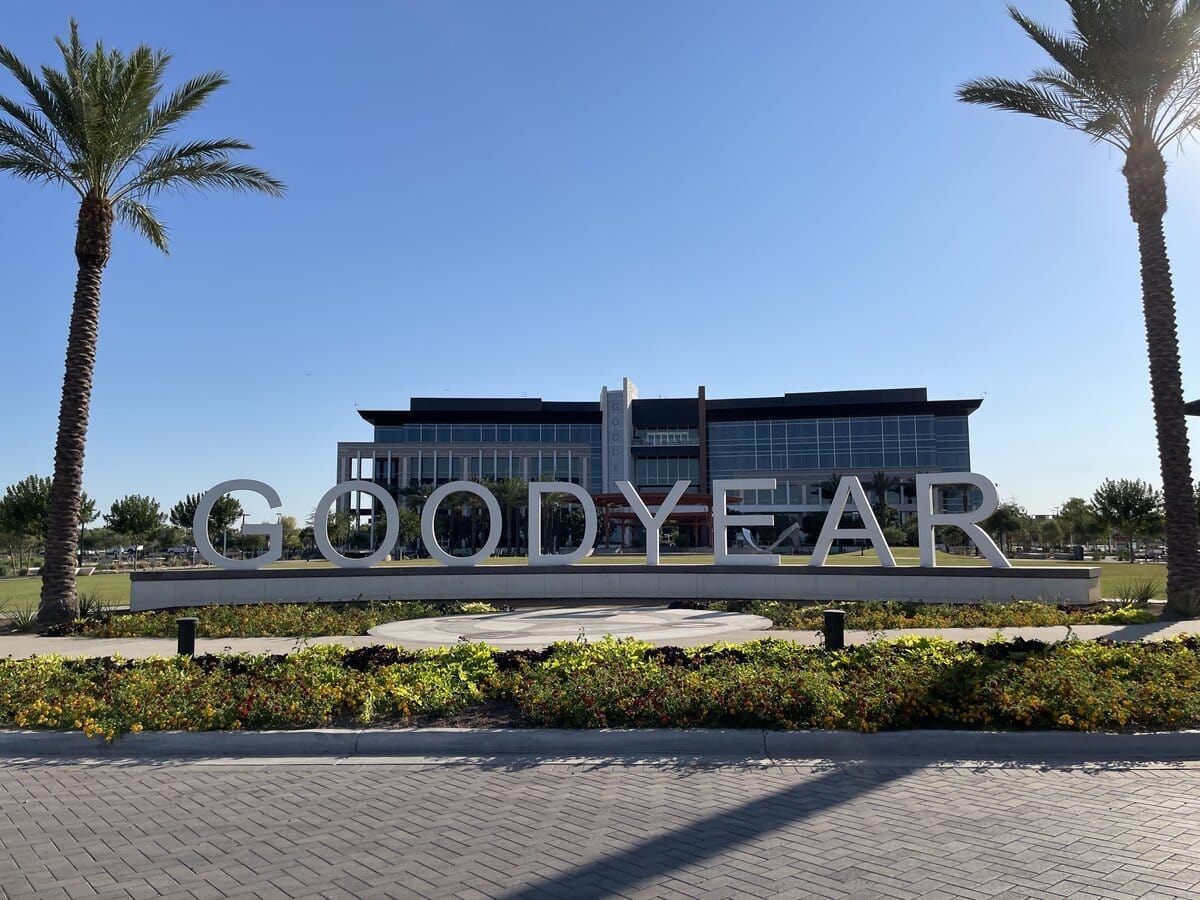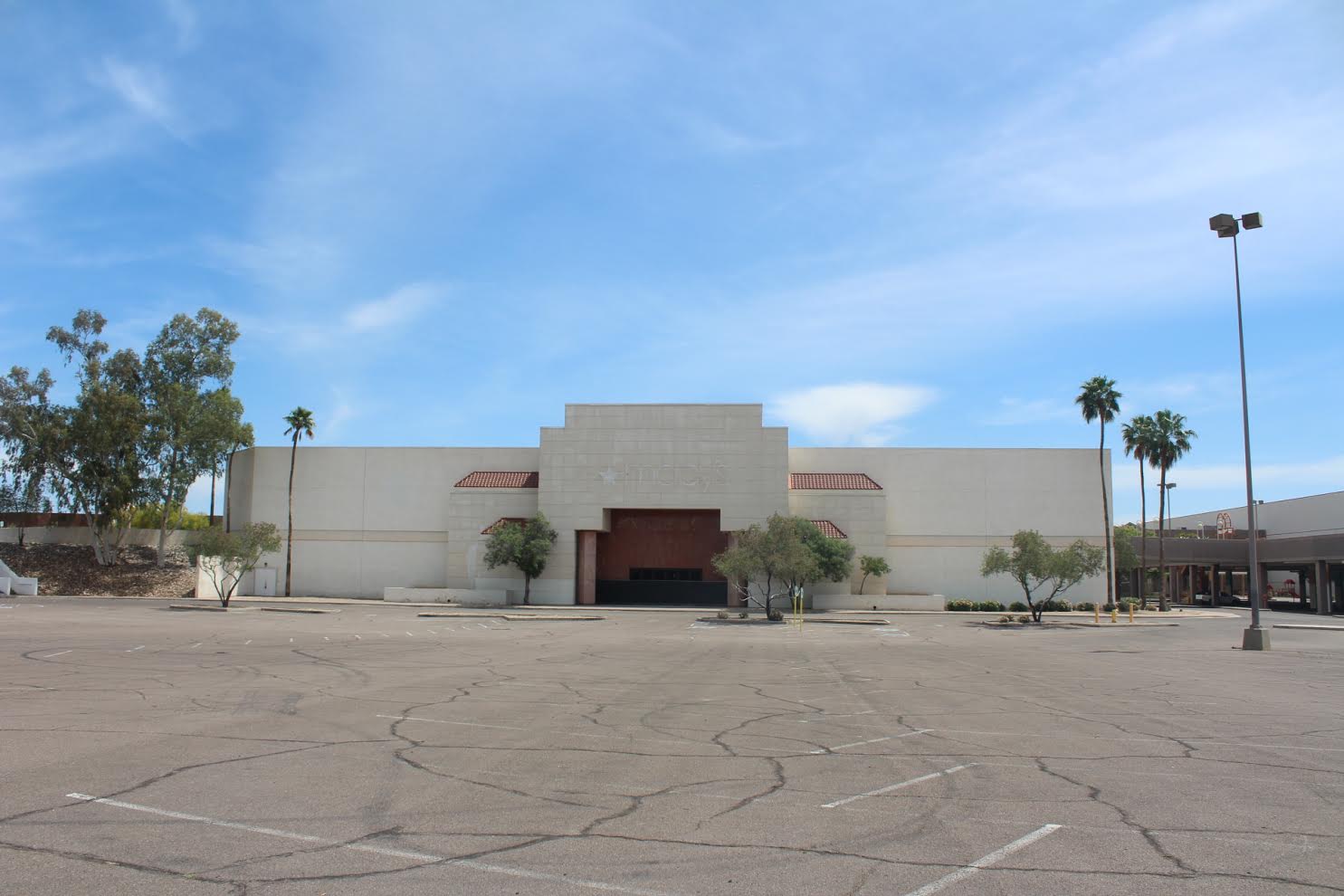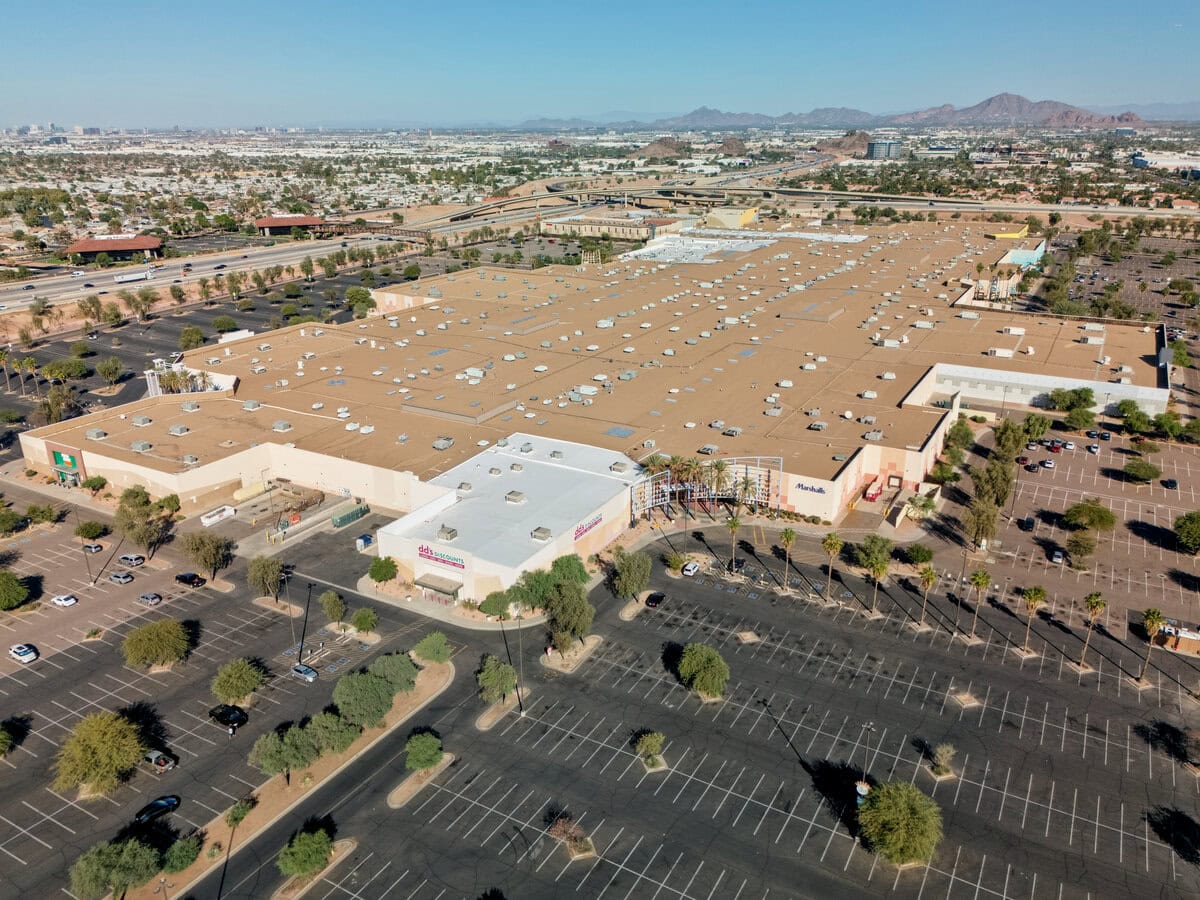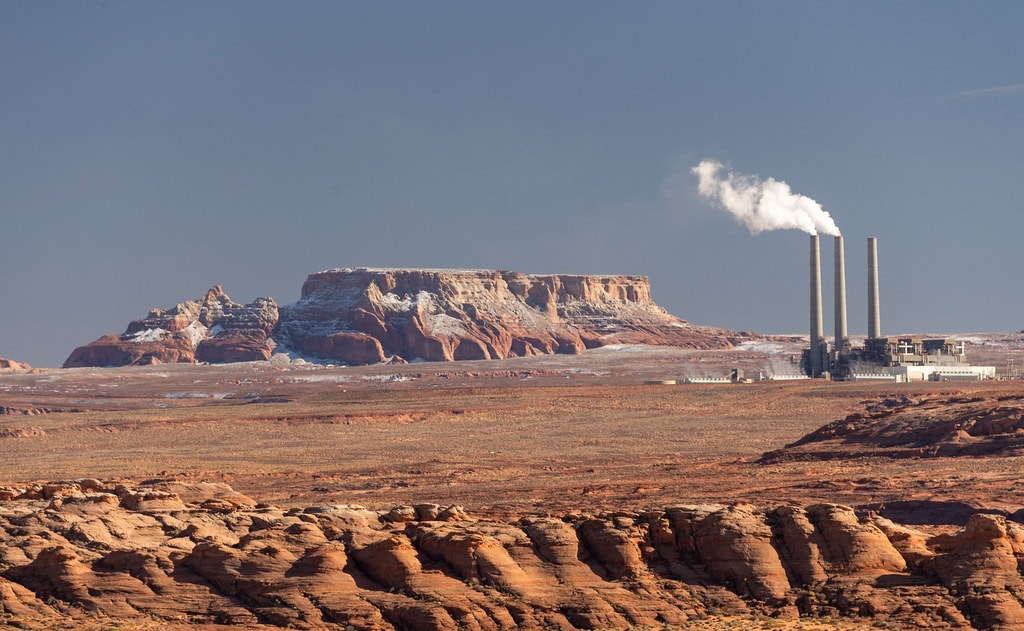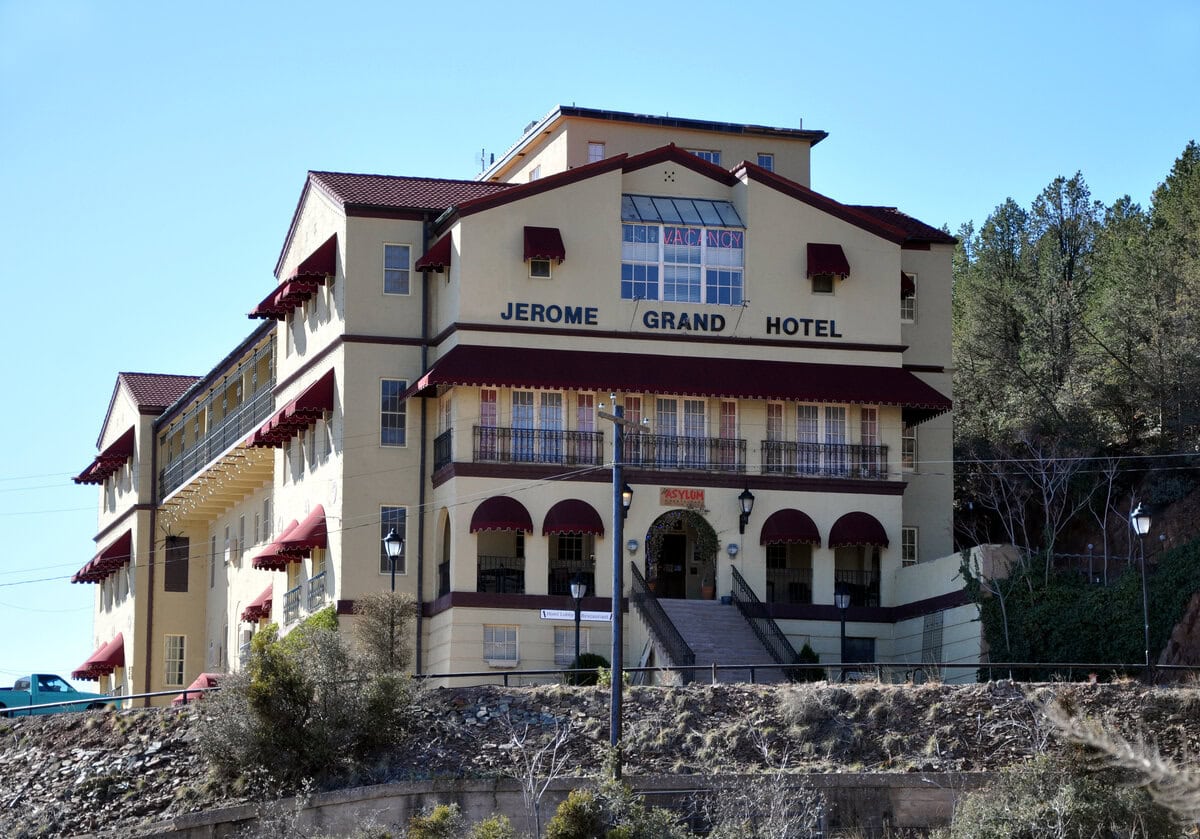Back When Hospitals Looked Like Hotels
From a distance, the Jerome Grand Hotel looks like it might have been a resort or a school - maybe even a county courthouse.
The truth is stranger. Built in 1926 on a 50-degree slope of bedrock high up on Mingus Mountain, it began life as the United Verde Hospital.
What's now billed as a historic inn started as a high-altitude medical facility for a copper mining town that was already losing steam. You won't find many other things to do in Jerome, Arizona, with that kind of origin story.
Construction Built to Last - Even on a Mountain
The United Verde Copper Company needed a hospital.
What it got was a 30,000-square-foot structure poured directly into solid rock, anchored at 5,240 feet above sea level.
That altitude makes it the tallest commercial building in the Verde Valley.
Lescher and Mahoney, a well-known architectural firm based in Phoenix, designed it in the Mission Revival style.
From the outside, it looked orderly and solid. That was the point.
Work finished in late 1926. By January 1927, the building opened as United Verde Hospital, the fourth and final hospital built in Jerome.
It had a sterilizing room, a drug dispensary, private rooms with call buttons, and an operating theater that was up-to-date by Western standards.
At the time, only a few hospitals in Arizona matched its equipment levels.
The concrete was poured in place. No wood was used in the framework. It was designed to be both fireproof and earthquake-resistant.
That wasn't over-engineering.
Between underground blasts from over 260,000 pounds of dynamite and occasional seismic activity, there wasn't much choice.
The location wasn't arbitrary. Perched against the mountain, the hospital could look down on the town and across the Verde Valley.
From that height, the smoke stacks and tram lines of the copper operation were clearly visible.
That connection mattered. Jerome existed to pull ore from the ground, and this hospital existed to patch up the people who did the pulling.
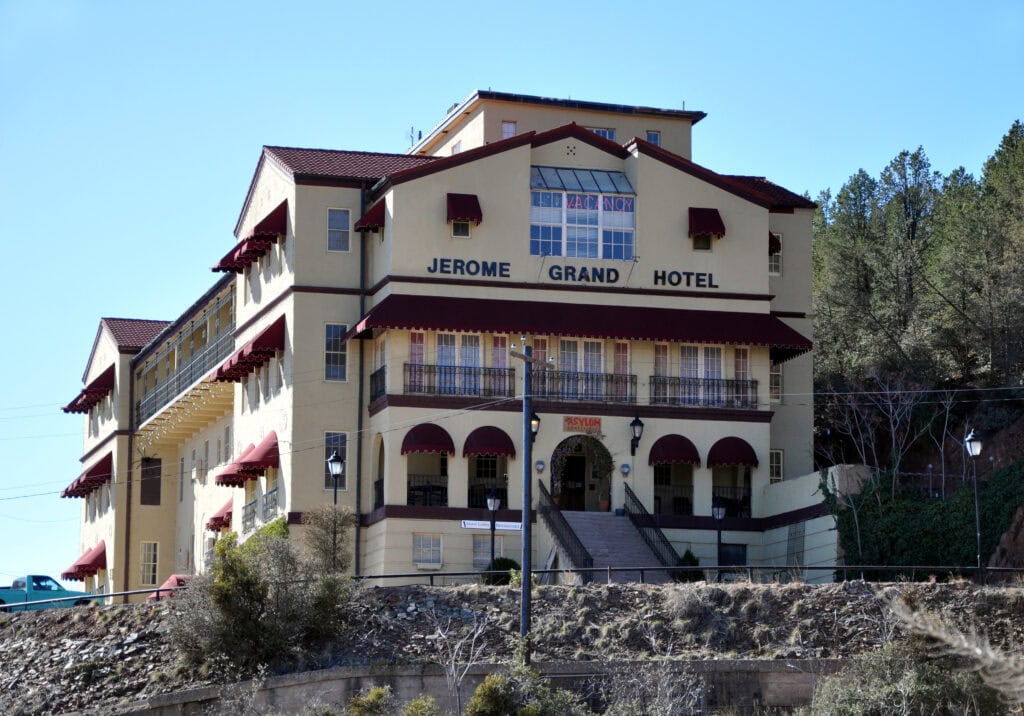
Hospital Operations and the Slow Wind-Down
By early 1927, the United Verde Hospital was open for business.
It had everything a company hospital was expected to offer: four open wards, private patient rooms, and its own X-ray and surgery units.
The drug dispensary and diet kitchen operated daily.
On paper, it looked complete. In practice, it did what it was built to do - treat injuries and illnesses from Jerome's mining labor force.
At the time, the United Verde Copper Company still ran much of the town.
It was their copper, their smelters, their hospital.
Doctors and nurses lived in Jerome or nearby, and many of them stayed until operations tapered off in the late 1940s.
Patients ranged from miners with blast wounds to children with pneumonia.
The hospital never functioned as a specialty or mental health facility, despite later rumors tied to the building's later identity.
By 1930, several mining towns in Arizona had access to basic medical care, but this hospital was still unusual for its elevation, size, and design.
It ran day and night for over two decades.
Things shifted after WWII. Mining slowed, then shrank.
Cottonwood, located 8 miles down the mountain, began drawing away population and services.
By 1950, United Verde Hospital closed. Staff left. Patients went elsewhere.
Equipment was removed or abandoned. No new tenants came. For 44 years, the building stood unused.
Its interior faded, but the concrete held up. Structurally, the hospital had been built to survive longer than the industry it served.
Private Purchase and Hospitality Renovation
In 1994, the structure was still intact.
Larry Altherr bought it from Phelps Dodge Mining Corporation that year, with the aim of converting it into a hotel.
Renovations took about two years. By 1996, it reopened as the Jerome Grand Hotel.
Very little of the original structure was altered.
The layout stayed close to the 1926 blueprint. Even the elevator and boiler were restored rather than replaced.
Altherr kept the building's medical history front and center, though privately held.
The former emergency room became the hotel lobby. Patient rooms became guest rooms. Medical offices were cleared and refitted.
Some rooms, like the engineer's quarters and dispensary, were turned into utility spaces or repurposed for staff.
The new ownership added certain period-specific touches.
In 2003, a green 1928 Rolls-Royce Phantom was parked in the hotel's garage.
It was placed there as an aesthetic piece, not for transportation.
The Asylum Restaurant, operating separately from the hotel but inside the same building, took over what had been the admitting area.
The building remained open 365 days a year, but sightseeing became limited.
Online bookings began through the hotel's website.
Word of mouth and local coverage did the rest.
What had been a medical facility at the top of a mining town turned into a private business, quietly rebuilt floor by floor, without heavy rebranding.
It kept the name and location and reopened with most of its original materials still in place.
Legacy Hardware and Long-Term Engineering
The elevator was there from the beginning. Installed in 1926, it came from Otis and was the first self-service elevator in Arizona.
It only covers five floors, moving at a deliberate pace of 50 feet per minute.
Designed for hospital use, it's deeper than it is wide - meant to fit stretchers and wheelchairs, not passengers in a rush.
As of 2025, the same elevator is still in use.
One level down from the main floor is where the boiler sits.
The original 1926 Kewanee unit still heats the building.
Back then, it ran on oil. These days, it's been converted to natural gas.
The boiler pushes out somewhere between 800,000 and 2,500,000 BTUs, depending on demand.
It also uses a dual pump system, which means repairs can happen on one side without shutting off the heat.
The structural decisions from the hospital era shaped how the building operates now.
The thick concrete walls help hold temperature, but the slope and elevation still present access challenges.
But that construction, set into the rock face of Mingus Mountain, has prevented movement or major settling.
The hotel doesn't need external bracing or foundational work.
Some mechanical elements, like plumbing and parts of the electrical system, were replaced.
However, the key physical systems - the boiler, elevator, and framework - came with the original structure.
Even at five stories, the Jerome Grand Hotel doesn't function like a modern high-rise.
It was built to serve a remote mining town with uneven terrain. That never changed.
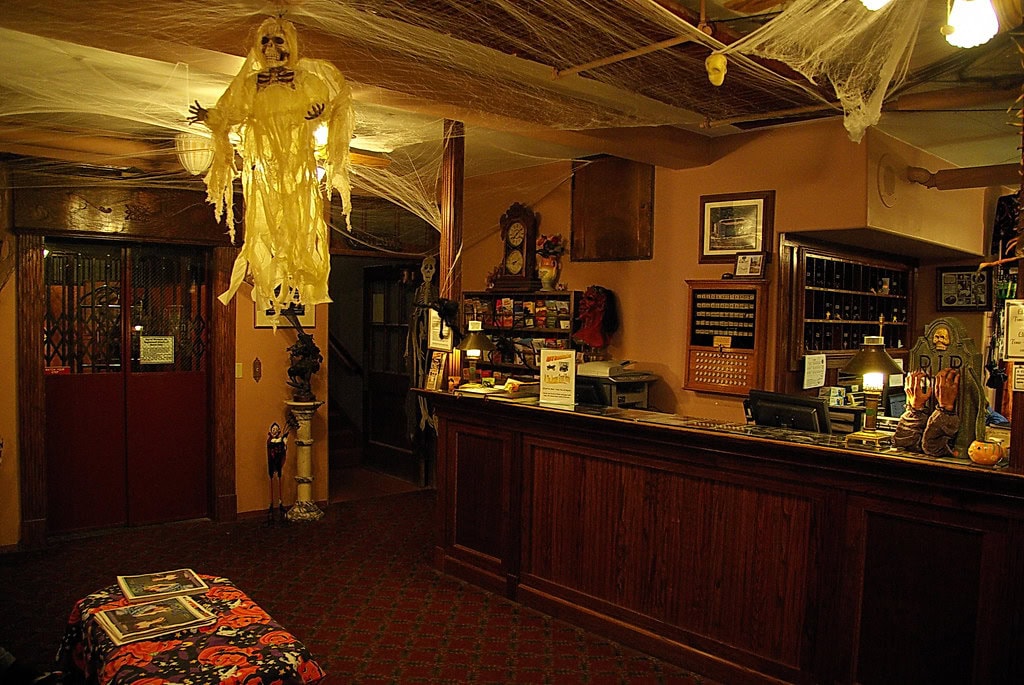
Paranormal Branding and Unofficial Lore
The stories began long before the building became a hotel.
Former hospital workers passed them down, and by the mid-1990s, local accounts had already attached the word "haunted" to the place.
After opening as the Jerome Grand Hotel in 1996, reports from guests came in quickly.
The third and fourth floors drew most of the attention.
The details follow patterns. Guests said they heard voices when no one was nearby - coughing, wheezing, and muttered conversation.
Some noticed the smell of cigar smoke or whiskey, even in no-smoking rooms.
Others mentioned the scent of flowers or baby powder with no visible source.
Lights flickered. TVs turned on by themselves. Phones ended up under beds.
In room 20, a visitor in 2008 took a photo showing a cat-shaped figure on a table. There was no pet on-site.
Claude Harvey's name comes up often. He worked maintenance at the hospital and was found under the elevator on April 3, 1935.
The company said the elevator could not have crushed him. No autopsy was done. Rumors spread.
Room 32 has its own record. Staff and guests said the atmosphere felt colder. Two lives were lost in that room.
Guests still report odd noises, flickering lights, and doors that won't stay closed.
Staff members on the night shift hear what they call the spirit cat - scratching walls, meowing at doors, sometimes pressing against legs.
It's not listed on the hotel website, but almost everyone who works the graveyard shift knows what people are talking about.
🍀


